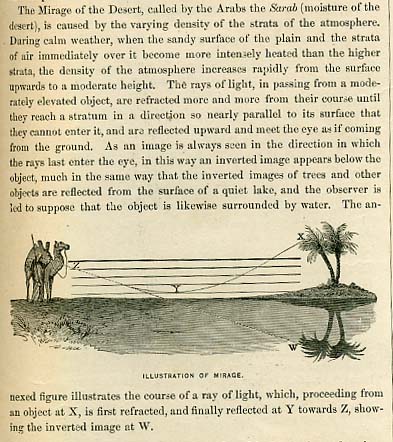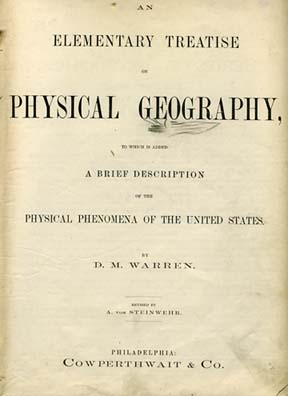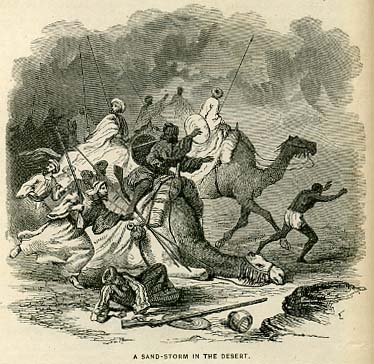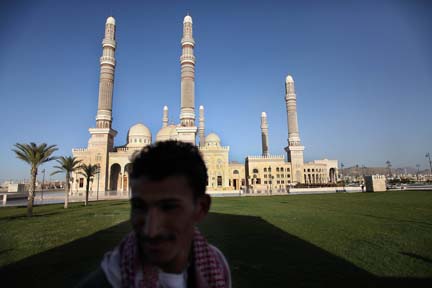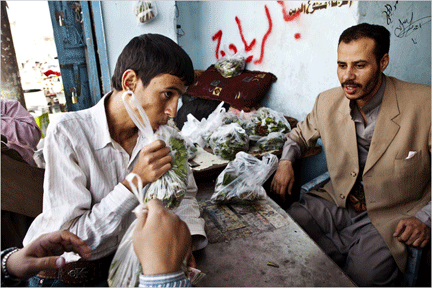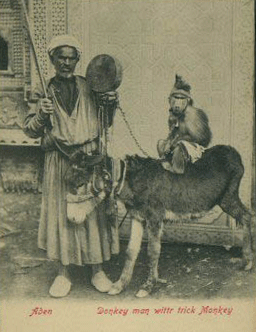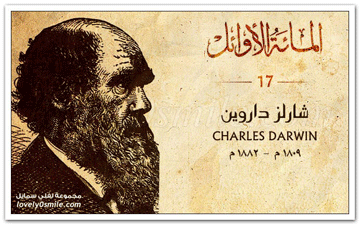
MEMO FROM ALEXANDRIA
Harnessing Darwin to Push an Ancient Intellectual Center to Evolve
By MICHAEL SLACKMAN, The New York Times, November 26, 2009
ALEXANDRIA, Egypt — It is not that Charles Darwin and the theory of evolution are unknown here. But even among those who profess to know something about the subject, the common understanding is that Darwin said man came from monkeys.
Darwin, of course, did not say man came from monkeys. He said the two share a common ancestor. But to discuss Darwin anywhere is not just to explore the origin of man. It is inevitably to engage in a debate between religion and science. That is why, 150 years after Darwin published “On the Origin of Species,†the British Council, the cultural arm of the British government, decided to hold an international conference on Darwin in this conservative, Sunni Muslim nation.
It was a first.
“A lot of people say his theories are wrong, or go against religion,†said Martin Davidson, chief executive of the British Council. “His ideas provoke, but if we are going to understand each other, we have to discuss things that divide us.†Continue reading Darwin, Egyptian Style →

